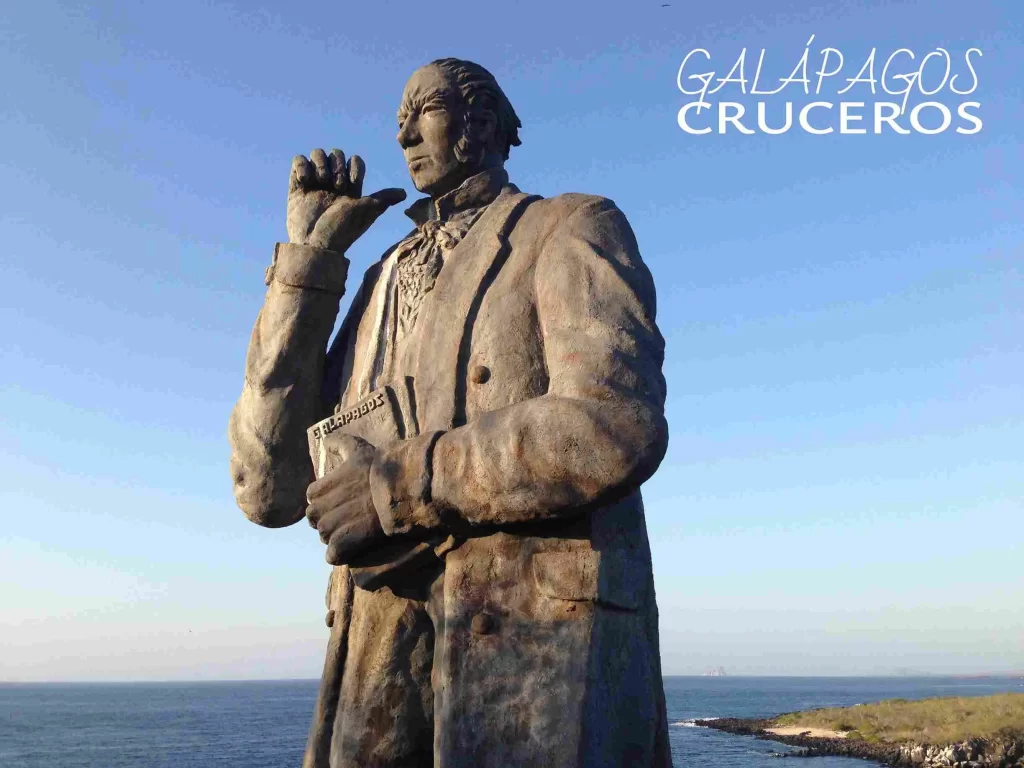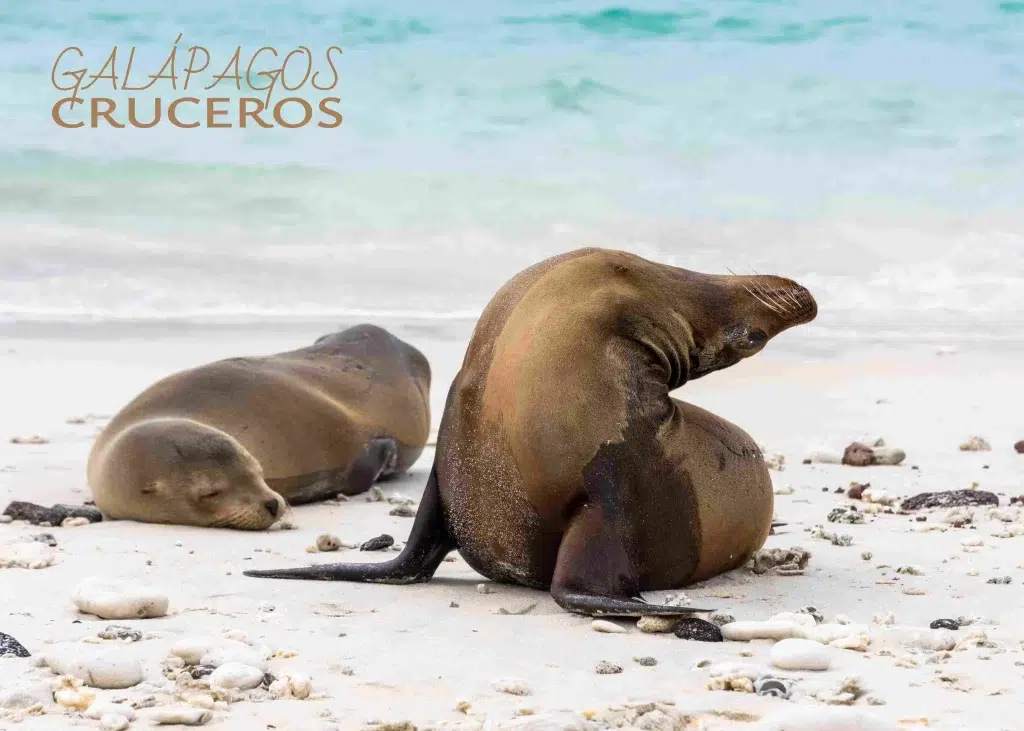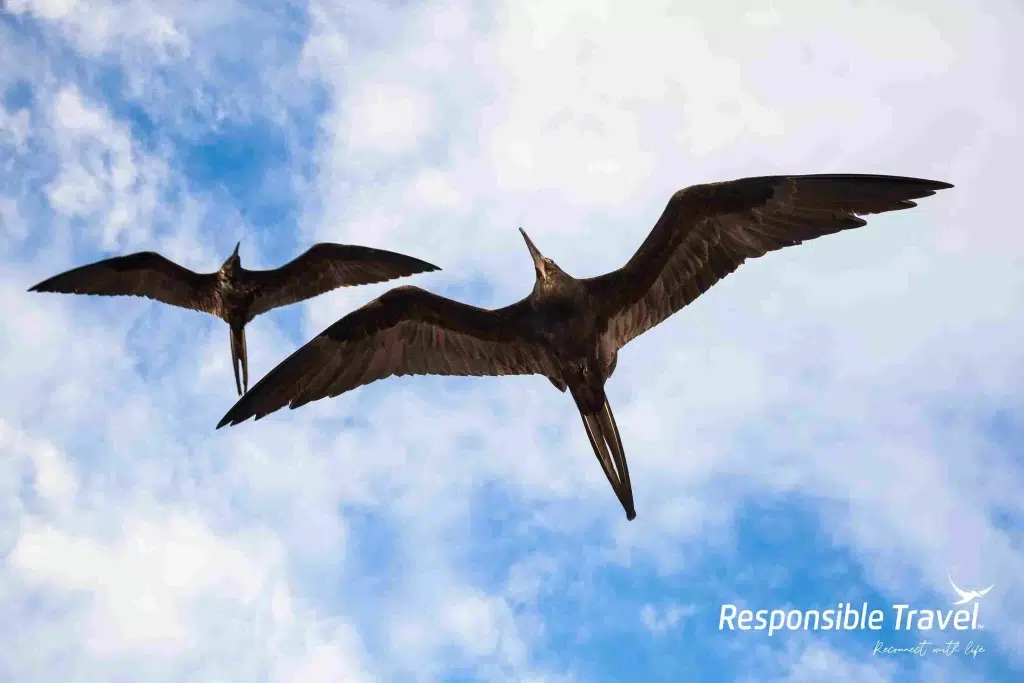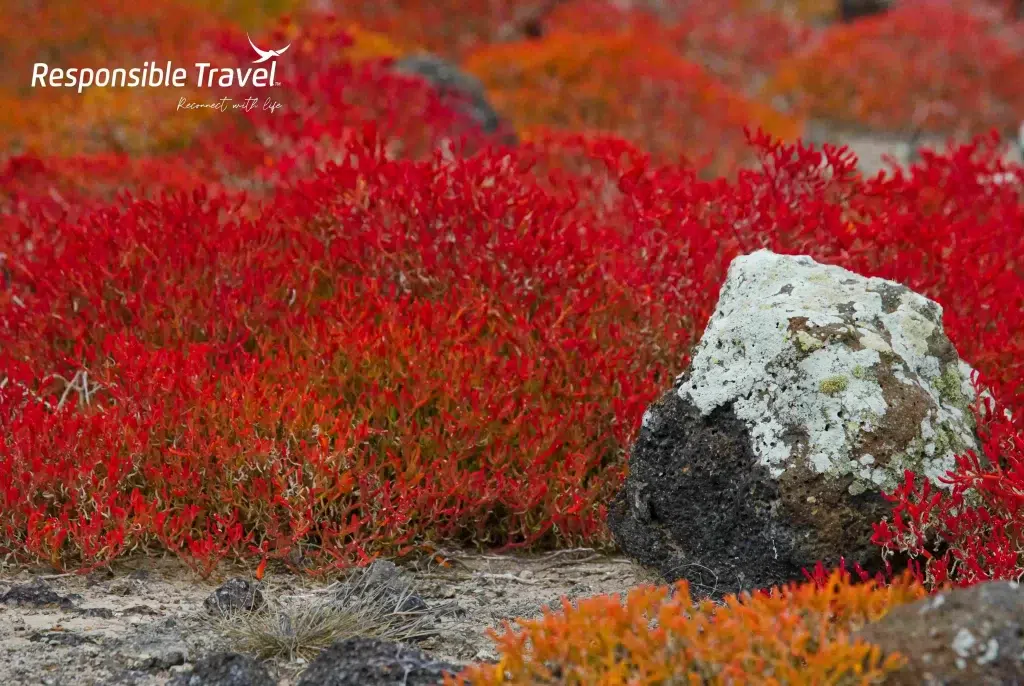In the 19th century, a bold and curious naturalist, Charles Darwin, embarked on a journey that would forever change our understanding of the natural world. His voyage to the Galapagos Islands, a group of volcanic islands in the Pacific, became a crucial episode in the history of evolutionary biology. Join us on a journey through time and discover the connection between Charles Darwin and the fascinating Galapagos Islands.
Do you want to explore the nature that amazed Darwin? Contact us today and book your favorite cruise ⛴️🐢

Charles Darwin: The Seed of the Journey
Youth and Passion for Nature
Charles Robert Darwin was born in Shrewsbury, England, in 1809. From a young age, he showed a deep interest in natural history, collecting insects and exploring the flora and local fauna. This love for nature became the seed of his future masterpiece.
HMS Beagle and the Expedition
In 1831, at 22 years old, Darwin embarco en el HMS Beagle como naturalista. El objetivo de la expedicion era realizar estudios geologicos y cartograficos, pero para Darwin, represento una oportunidad unica para explorar la biodiversidad en diferentes rincones del mundo.

The Galapagos Islands: A Laboratory of Evolution
A Unique Archipelago
The Galapagos Islands, located about 1,000 kilometers off the coast of Ecuador, offer a unique microcosm of species adapted to diverse island environments. Each island has its own evolutionary history, and Darwin was about to discover the fundamental role of this archipelago in his theory of evolution.
Amazing Observations
During his stay in the Galapagos, Darwin meticulously observed the flora and fauna. The giant tortoises, different species of finches, and marine iguanas captured his attention. He noticed remarkable variations between species from one island to another, laying the foundation for his future reflections.

Darwin's Theory of Evolution
Natural Selection
Inspired by his observations in the Galapagos, Darwin developed the theory of natural selection. He proposed that favorable variations in a species' traits are passed down through generations, increasing the fitness and survival of the species in its specific environment. This concept would become the cornerstone of his most influential work, On the Origin of Species.
Controversies and Legacy
The presentation of Darwin's evolutionary theory sparked controversy in its time. Challenging deep-rooted religious beliefs, the idea of evolution through natural selection led to intense debates. Despite this, the theory has stood the test of time and has become the foundation of modern biology.

Exploring the Archipelago
Natural wonders
The Galapagos Islands, with their volcanic landscapes, white sandy beaches, and crystal-clear waters, are a natural paradise. The charm of these places lies not only in their scenic beauty but also in the rich biological diversity they harbor.
Unique Encounters
Visitors to Galapagos have the opportunity to witness the amazing wildlife up close. From swimming with sea turtles to watching blue-footed boobies dance in their mating rituals, the experience is unforgettable.

Conservation in the Galapagos Islands
Challenges and Commitments
Despite their apparent isolation, the Galapagos Islands face significant threats. The introduction of invasive species, unsustainable fishing, and climate change are challenges that endanger the archipelago's unique biodiversity. Active conservation and sustainable management are essential to preserving this natural treasure.
Citizen Science and Responsible Tourism
Awareness of the importance of the Galapagos Islands has led to citizen science initiatives and responsible tourism practices. The active participation of the local community and visitors in preserving the environment ensures a sustainable future for this extraordinary ecosystem.
Charles Darwin and the Galapagos Islands are intertwined in the history of science and evolution. His journey and discoveries have left a lasting legacy that transcends generations. By exploring these islands, Darwin not only unraveled the mysteries of evolution but also left us a valuable lesson on the importance of understanding and preserving the incredible diversity of life on our planet.





